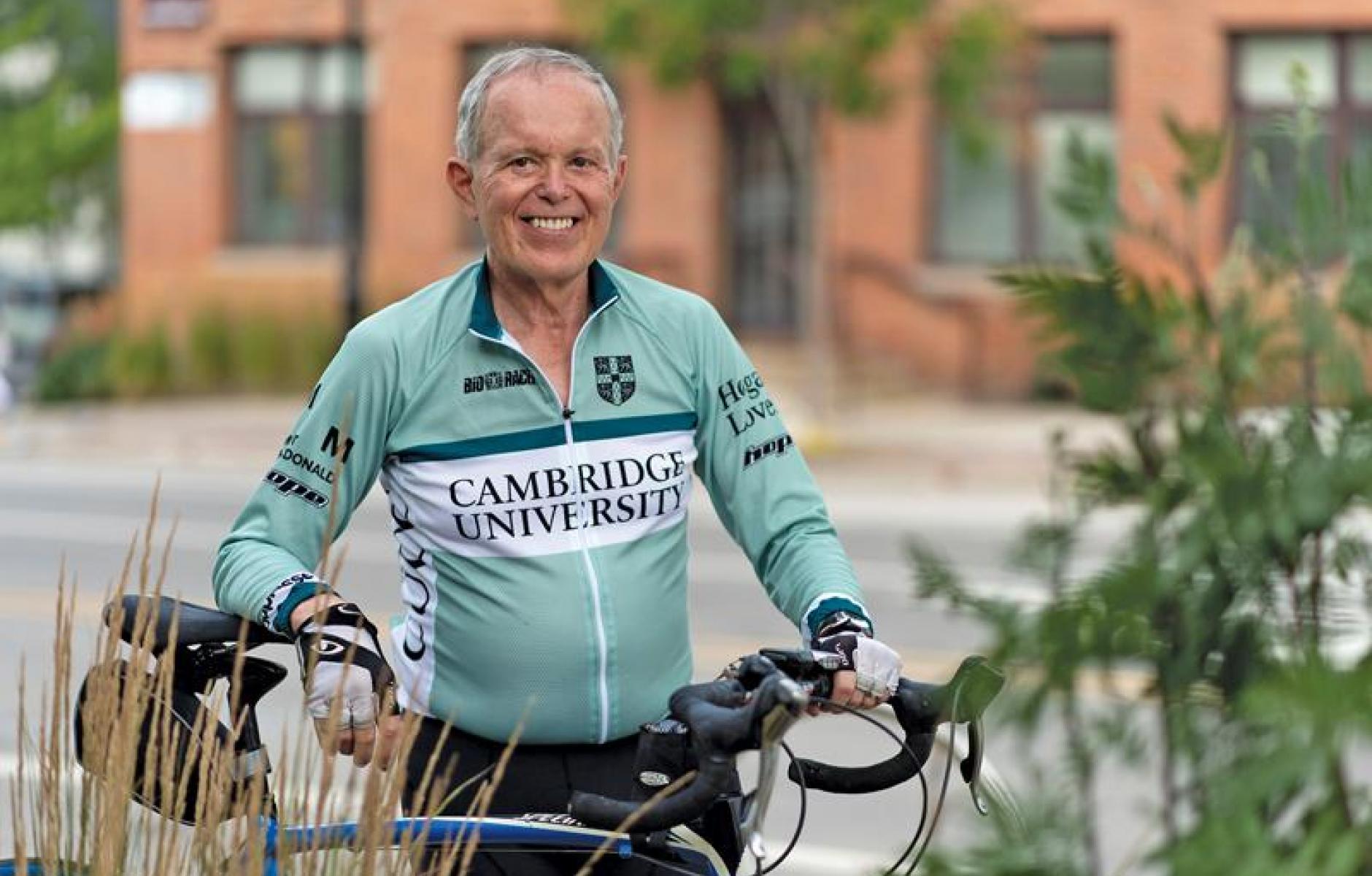
Sustainable design pioneer Kelbaugh remembered
Influential urbanist, architect, academic, and early proponent of transit-oriented development (TOD) Douglas Kelbaugh died February 18 at the age of 78.
Kelbaugh was professor and dean emeritus of the architecture and urban and regional planning at Taubman College of the University of Michigan. He was a former board member of CNU and a CNU fellow. His New Urbanism influence goes back to before CNU was founded as an organization in 1993.
Peter Katz, CNU’s founding executive director and author of The New Urbanism, reports that Kelbaugh helped to articulate and illustrate a concept called “pedestrian pockets” when Kelbaugh was with the University of Washington in Seattle.
“A week-long charrette on the topic of pedestrian pockets took place at the University of Washington School of Architecture and Planning in 1988. The projects coming out of that event, organized by Doug Kelbaugh, are documented together with a series of short essays in an influential little book called The Pedestrian Pocket Book. I still see dog-eared copies of that publication on many of the bookshelves of fellow urbanists,” Katz wrote in an article on early CNU history, published in 2012 in Better Cities & Towns.
The Pedestrian Pocket Book, promoting TOD, was among Kelbaugh’s proudest achievements in a long and impactful career. In an email, Taubman College reports on his early influence in passive solar design when the environmental movement was just getting launched. “Kelbaugh worked at the forefront of sustainable architecture and urban planning,” the email states. “He completed his undergraduate degree and Master of Architecture at Princeton University, graduating in 1972. In 1975, his passive solar house in Princeton was the first to utilize a Trombe Wall (in the US) and was one of many pioneering and award-winning passive solar buildings designed by his firm Kelbaugh and Lee.” The widely published Princeton house, located a short walk from downtown and the university campus, still bears his name and is considered architecturally significant in the region.
Katz adds that the 1988 charrette also produced ideas that were useful to regional planning, connecting the neighborhood to the metropolis—an important theme of the New Urbanism. “Neal Peirce and Curtis Johnson used concepts from Kelbaugh’s UW charrette to give definition to what Seattle leaders were then calling ‘urban villages’, ” he said. The 1989 Peirce Report entitled Seattle: Recapturing Paradise Lost cited the pedestrian pocket as a new suburban typology to better accommodate growth in a major metropolitan region.
Kelbaugh was a pioneer in connecting environmental design to urbanism. He and his friend and collaborator Peter Calthorpe were “among the first to introduce concepts related to protection of the natural environment and the need to conserve energy and other critical resources through the design of buildings and neighborhoods. Today, of course, we use sustainability as the umbrella term for such concerns,” Katz writes.
His Princeton years overlapped with many of the founders of CNU, including Elizabeth Plater-Zyberk, Andres Duany, and Stefanos Polyzoides. Other prominent urbanists, such as former Berkeley dean Harrison Fraker, studied at Princeton then also. The dean at the time was the late Robert Geddes, who died a few weeks ago at 99. Geddes placed a strong emphasis on urbanism, rather than architecture in isolation, Duany notes. Geddes brought in professors involved in the British new towns movement, who also were connected with CIAM and Team 10. Geddes and the professors “made urbanism glamorous,” Duany explains.
Kelbaugh was named the chair of the Department of Architecture at UW in 1985, according to the Taubman College email. “During his time there, he expanded his focus from the environmental impact of individual buildings to the role of cities in energy depletion,” the school writes.
In 1998, Kelbaugh came to the University of Michigan as the dean and professor of architecture and urban planning. “After a two-year leave to work as executive director of Design and Planning for a development company in Dubai, he returned to the University of Michigan, where he continued to teach until his retirement in 2019. Students in his courses often nominated him for teaching awards. In one of these nominations, a student called him an ‘inspiring personality, great orator, and teacher.’ Another student said, ‘Attending his classes and knowing him is an absolute delight.’ ”
Many of Kelbaugh’s CNU friends and colleagues shared personal anecdotes. “Doug chaired the CNU Charter Awards jury (in 2012), and was the emcee at the awards ceremony at the Congress, which was in West Palm Beach,” said Neal Payton, principal at Torti Gallas. “I happened to have led a project that won an award and since my mom lived nearby, she came to the awards ceremony. Doug found out she was there and insisted I bring her up to the stage with me. I cannot tell you how much my mom and I appreciated that.”
Similarly, architect and urbanist Dhiru Thadani told the story of his daughter, a liberal arts major at Michigan a decade and a half ago. Feeling independent, she asked that Thadani and his wife not attend parents’ weekend, but she later regretted the decision. Thadani called Kelbaugh, who offered to attend dinner with Thadani’s daughter, her friends, and their parents. “Not realizing it at the time, Doug's generosity scored significant points (for my daughter), as there is nothing more impressive for freshman parents and students than sharing a meal with a school Dean,” Thadani writes.
Kelbaugh was an avid cyclist until recently, and he never had trouble keeping up with younger urbanists in CNU events, which often involve miles of walking. His work and intellectual contributions live on, but among urbanists, his deep ethical commitment and one-on-one warmth and humanity resonate the most.




